|
Helpful Hydraulic Safety
Tips
|
||
| 1. |
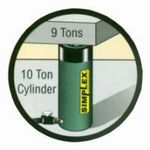 |
1.Choose The Right Ram.
You must know the weight of what you intend to lift and choose a ram with at least 10% more capacity. Be aware of possible load shift requiring more capacity at any particular lifting point . |
| 2. | 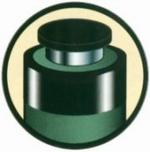 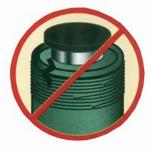 |
2.Inspect all system components. Check each component before you set up your hydrualic system. Do not use damaged or worn components. Turn them in for repair or replacement. |
| 3. |
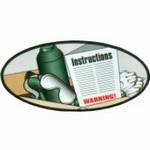 |
3.Safety Instructions. Read all warning labels and instructions. Operation instructions must be understood before using equipment. Never remove labels from equipment. Replace missing, worn, or damaged labels. Always wear safety goggles and protective clothing when using hydrualic equipment. |
| 4. | 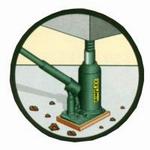 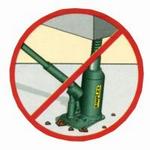 |
4.Each Jack or Ram Must Be
Fully Supported at the Base. Every jack or ram, whether used individually or in a system, should be completely supported on solid, firm, non-sliding foundation capable of supporting the load. |
| 5. | 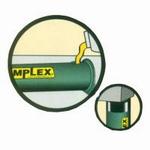 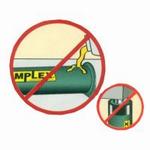 |
5.Fill Oil Reservoirs With
Cylinder retracted. Only fill pump to recommended level, and fill only when connected cylinder is fully retraxted. |
| 6. | 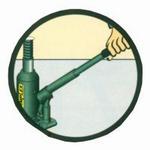 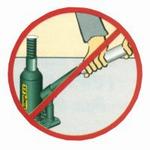 |
6.Know How Your Hydraulics
Work. Do not use extensions or cheeter bars on hydraulic jacks or hand pump to raise a load. |
| 7. | 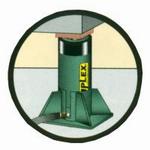 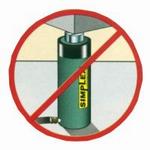 |
7.Centre the Load on the Lifting
Point. The load must be centered on the ram, or equally distriguted on multiple rams. Off center loading can result in the ram slipping out and loss of the load. |
| 8. | 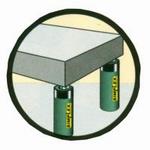 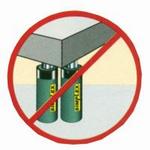 |
8.When Using Multiple Rams,
Distribute the Load Evenly. For multiple ram lifts, you must be able to determine the location and number of lifting points that will allow the load to be evenly distributed to all the rams. This is called load balance. Size, center of gravity, and load geometry must to be considered in order to corredtly determine load balance. |
| 9. |
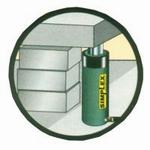 |
9.Block or Crib Your Load as
it Raises. Place block or cribbing under the loads as you raise it. Each time you raise it higher, insert more blocking. Position yourself in a manner that will keep you clear of the load, and will not allow your hands or other body parts between the load and the cribbing. |
| 10. | 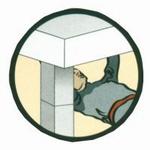 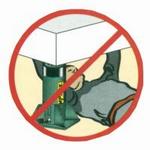 |
10.Do Not Use Rams as Permanent
Supports. Hydraulic rams are not meant to be used as permanent supports. They are designed to lift and lower. If you need to hold the load for any length of time, cribbing or Simplex locknut cylinders should be should used. |
| 11. | 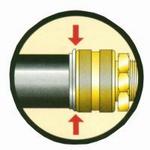 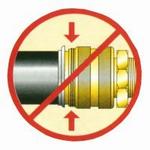 |
11.Hydraulic Connections. When making connections with quick couplers, make sure the couplings are fully engaged. Threaded connections such as fittings, gauges, etc. must be securely tightened and leak free. Never use excessive tightening force that may distort the fittings or strip the thread profile. |
| 12. | 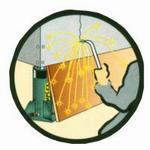 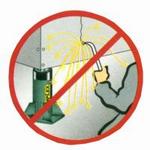 |
12.Avoid Extreme Heat or WELD
Splatter. Weld splatter will damage plunger rods and hoses. Hydraulic fluid can ignite if vaporized or exposed to high temperatures. |
| 13. | 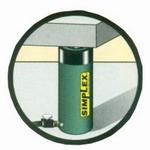 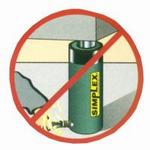 |
13.Hydrualic Disconnections Never attempt to disconnect hydraulic hoses, fittings or couplers under pressure. Unload the ram , open the release screw on the hand pump and shift or open all hydraulic controls several times. If system includes a gauge, double check the gauge to insure pressure has been completely release. |
| 14. | 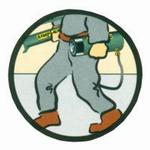 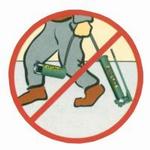 |
14.Do Not Carry or Drag Pumps
and Rams by Their Hoses. Dragging or carrying rams or pumps by a connected hose can damage the couplers and hoses. Using damaged couplers and hoses can be dangerous. |
| 15. | 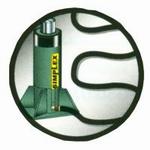 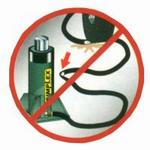 |
15.Keep Hydraulic Hoses Free of Obstructions. |
|
Safrty
Frist !!!
|
||